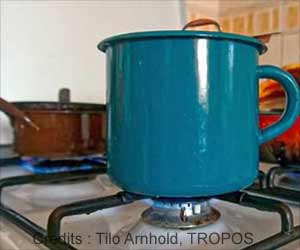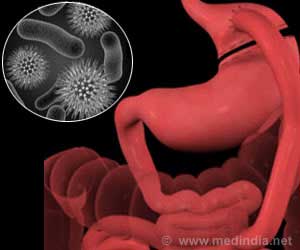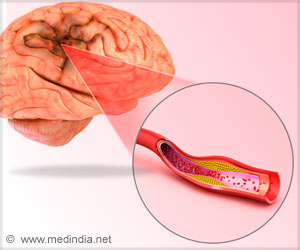Lead author Dr. Christian Pfrang, of the University of Birmingham’s School of Geography, Earth and Environmental Sciences, said: “
“.
Experts at the Universities of Birmingham and Bath have used instruments at the Diamond Light Source and the Central Laser Facility, both based at the Harwell Campus in Oxford, to probe the behavior of thin films of oleic acid – and unsaturated fatty acid commonly released when cooking.
In the study, published in Atmospheric Chemistry and Physics, they were able to analyze the particular molecular properties that control how rapidly aerosol emissions can be broken down in the atmosphere.
Then, using a theoretical model combined with experimental data the team was able to predict the number of times aerosols generated from cooking may hang around in the environment.
These types of aerosols have long been associated with poor air quality in urban areas, but their impact on human-made climate change is hard to gauge. That’s because of the diverse range of molecules found within aerosols, and their varying interactions with the environment.
Researchers are increasingly finding out how molecules like these fatty acids from cooking can organize themselves into bilayers and other regular shapes and stacks within aerosol droplets that float in the air, and how this completely changes how fast they degrade, how long they persist in the atmosphere, and how they affect pollution and weather.
The research was funded by the Natural Environment Research Council and the data was produced and analyzed using the University of Birmingham’s BlueBEAR high performance and high throughput computing service.
BlueBEAR employs some of the latest technology to deliver fast and efficient processing capacity for researchers while minimizing energy consumption by using direct, on-chip, water cooling.
Source: Medindia



